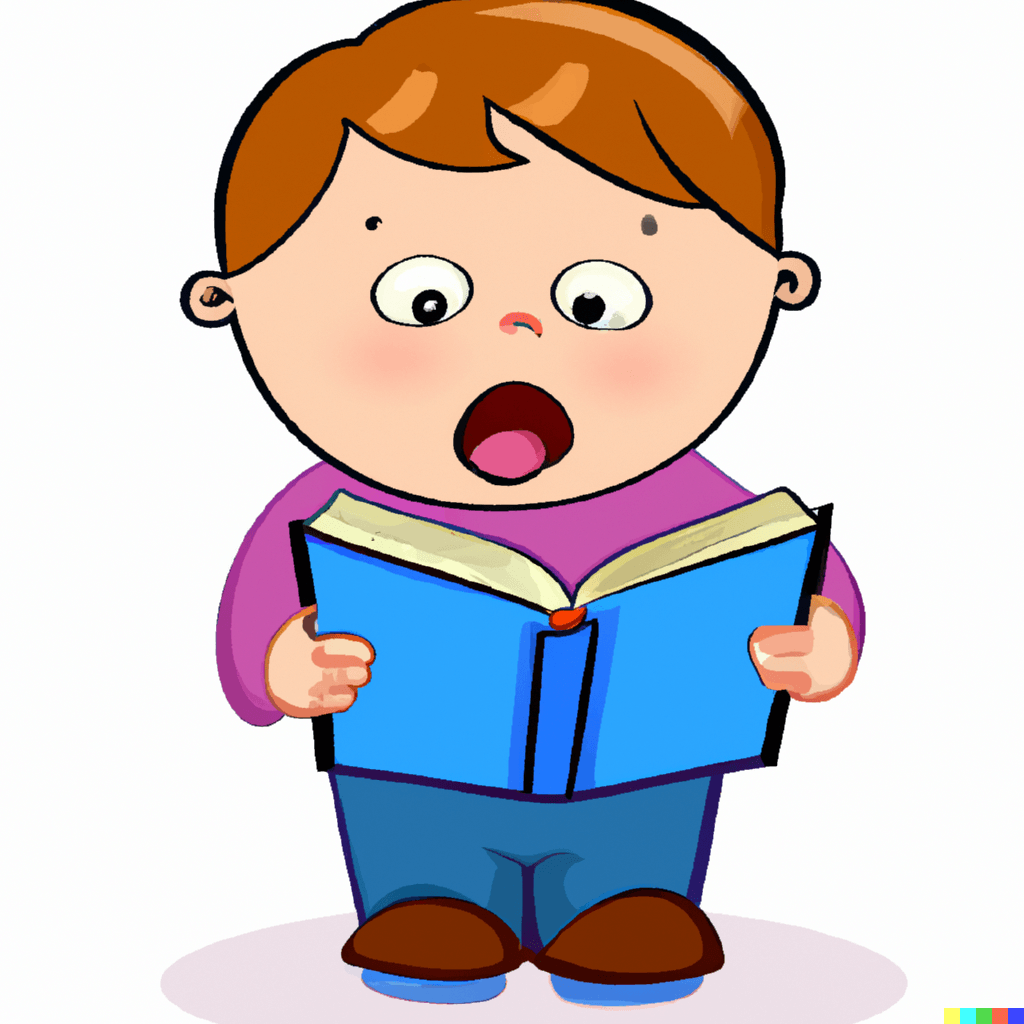Since being able to read is the door to learning any other subject, learning to read has been vital in education for centuries. "Phonics" - matching out sounds of spoken language with individual letters or groups of letters - and "whole language" - learning the meaning of words and phrases as they are discovered along the text - are the two main concepts of reading instruction. While phonics focuses on building reading skills from the ground up, whole language focuses on listening, speaking, reading, and writing to understand the text on the page.
For decades, supporters of both methods have argued over which is best to teach kids to read, a controversy often referred to as "the reading wars." And last year, new systematic reviews shed some interesting light on it. Their conclusion is that a combination of phonics AND whole language approaches is crucial to teaching children to read.
At the early levels of learning to read, young students need to learn that letters represent sounds. That's phonics. Research has found that kids who were taught phonics systematically in kindergarten or first grade performed significantly better than their peers at decoding, spelling, and understanding text. And studies have also shown that readers at all levels use their "phonics" skills to read new words they have never encountered before.
However, research also found that reading instruction should not stop with phonics. To understand texts, readers cannot sound out every word. They need to learn to recognize words automatically to understand their meaning quickly and skip to the next word. It is a gradual transition, through which students start by sounding out most words before slowly moving towards automatically recognizing and understanding more words.
In this transition of recognizing and understanding words, students who have a broad vocabulary and are read aloud to by other people have a better comprehension of more complex meanings than if they only read on their own. This is where whole language instruction has a real impact. So, it's a good strategy to take advantage of both concepts.

Picture: Young child reading out loud (ChildUp.com / DALL-E - 2022)



